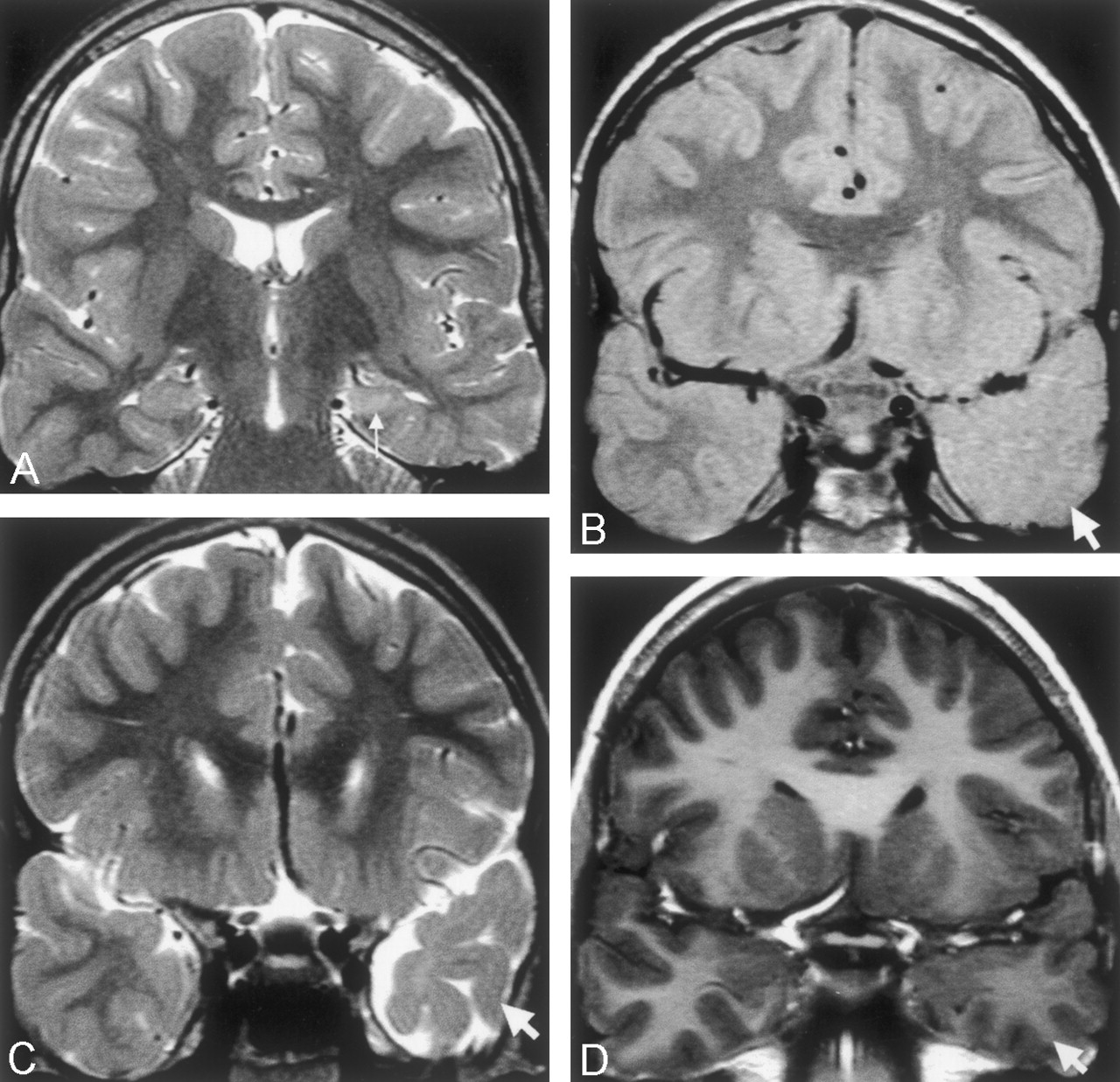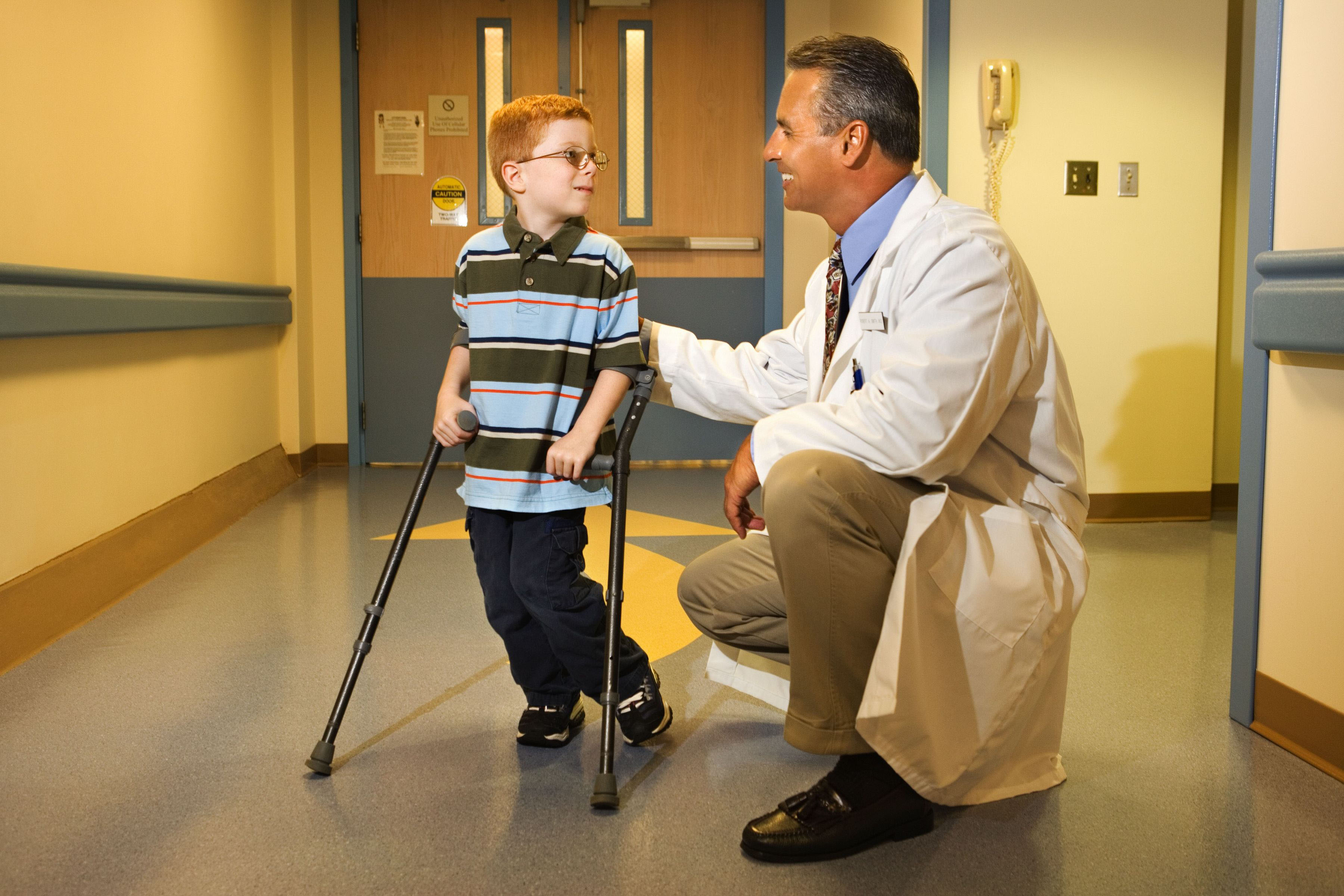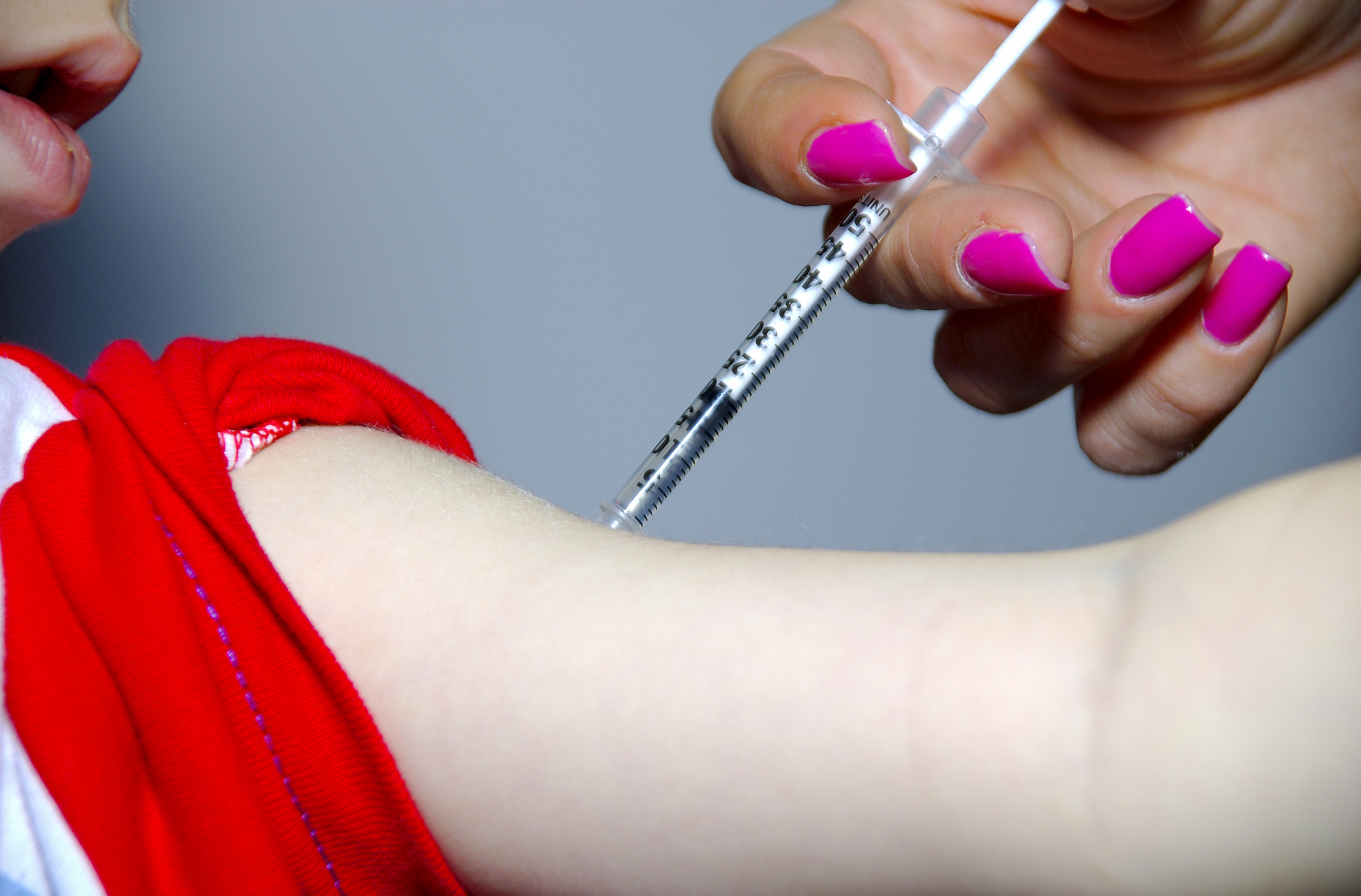What You Need To Know About Multiple Sclerosis In Children
Multiple sclerosis (MS) is a disease that most commonly affects adults, but doctors have been diagnosing more children and adolescents with it recently. Out of the 400,000 people living with MS in the United States, approximately 8000 to 10,000 of these cases include people under the age of eighteen. Neurologists believe that many children are underdiagnosed and that the true number of children with MS may be much higher. MS is an autoimmune disease that affects the central nervous system.
How Multiple Sclerosis Differs In Children

One of the ways in which MS differs in children versus adults is the onset of the disease. Whereas there is no apparent trigger in adult-onset MS, children can experience MS-like symptoms after the development of a nerve disorder called acute disseminated encephalomyelitis (ADEM). Caused by an abnormal immune system reaction to an infection, ADEM symptoms include headaches, confusion, stiff neck, fever, seizures, coma, and severe lethargy. In most children who develop ADEM, these symptoms go away. For some children, however, ADEM develops into MS. MS also has a slower rate of progression in children than in adults. In addition, it can greatly affect children's and teens’ cognition and emotions, affecting schoolwork, self-image and relationships with peers.
Symptoms of Multiple Sclerosis In Children

Besides the slower progression of the disease, symptoms that are relatively rare in adults but more common in children with MS include seizures and lack of energy. Other symptoms that both children and adults experience are muscle spasms, problems with bladder control, sensory changes, difficulty walking, vision changes, tremors, and weakness. Episodes are intermittent in both children and adults with MS; however, after a length of time (typically decades), the symptoms of the disease affect people more continuously. They will also become worse, but this occurs at a slower rate in childhood-onset cases than in adult-onset cases. Although the rate of progression is slower in children, permanent physical disabilities may affect childhood-onset patients at a younger age than adult-onset patients.
MS Treatment For Children

Currently, there is no cure for MS. However, many treatments exist to make the quality of life better for children with MS. Treatment for children and adults living with MS typically has three main goals: treat attacks and speed up the recovery from attacks, prevent future attacks and slow down the progression of the disease, and lastly, relieve and manage MS symptoms. Some people living with MS have such mild symptoms that they may not need any treatment. It is important to keep in mind that not all symptoms children experience are a result of MS. Children with MS also get sick with the same common illnesses that other children get, such as colds and flus, making it important to take extra care during flu season.
Treatment For MS Attacks

When children experience MS attacks, corticosteroids are used to reduce inflammation in the brain and spinal cord. The most commonly administered corticosteroid is methylprednisolone, which children receive through an IV daily for three to five days. Afterwards, a corticosteroid pill called prednisone is sometimes prescribed for an additional few days. Most children handle corticosteroids well; however, some children experience side effects, such as moodiness, behavioural changes, an upset stomach, and an increase in blood pressure and sugar. These side effects can be treated if they arise. If a child cannot handle corticosteroids well or the medication does not seem to help, other treatments, such as intravenous immunoglobulin and plasma exchange, are available.
Preventing MS Attacks

Although corticosteroids do not prevent attacks, they often interrupt and shorten the length of the attack. Intravenous immunoglobulin and plasma exchange can reduce the number of attacks and stop the disease from getting worse. Three different FDA-approved medications are often used to prevent MS relapses and slow down the progression of the disease in adults. These medications have not yet been approved for use with children; however, it is common practice for doctors to prescribe them off-label to child MS patients. The names of the medications are glatiramer acetate, interferon beta-1a, and interferon beta-1b. These medications need to be injected either by the child or teenager or by the parents if the child is too young. Studies have shown that these medications are safe and effective for kids with MS.
Treating MS Symptoms

There are additional medications doctors can prescribe to treat other MS symptoms, such as fatigue and muscle symptoms. Physical and occupational therapy are also effective treatments to relieve numbness, tingling, and muscle stiffness. For children dealing with depression and anxiety as a result of MS, counselling is often offered to them. There are also many potential side effects and risks of taking MS medications with interferons, such as fever, chills, muscle aches, and headaches, which often occur after receiving the injection. These symptoms can be eased by lowering the dosage of the medication initially and increasing it over time. Although there is no cure for MS yet, it is not fatal and most people with MS will go on to live long, independent lives.
